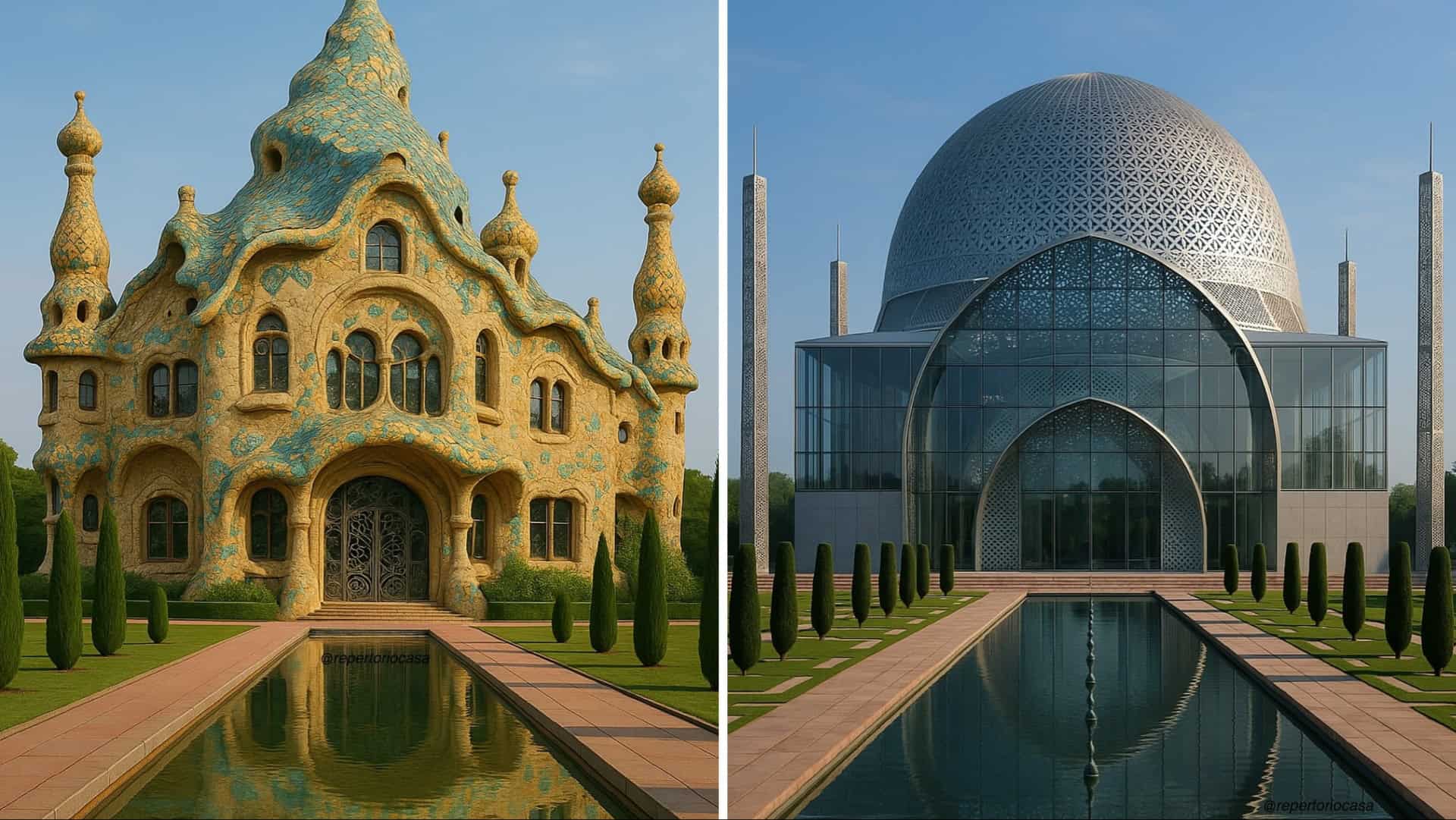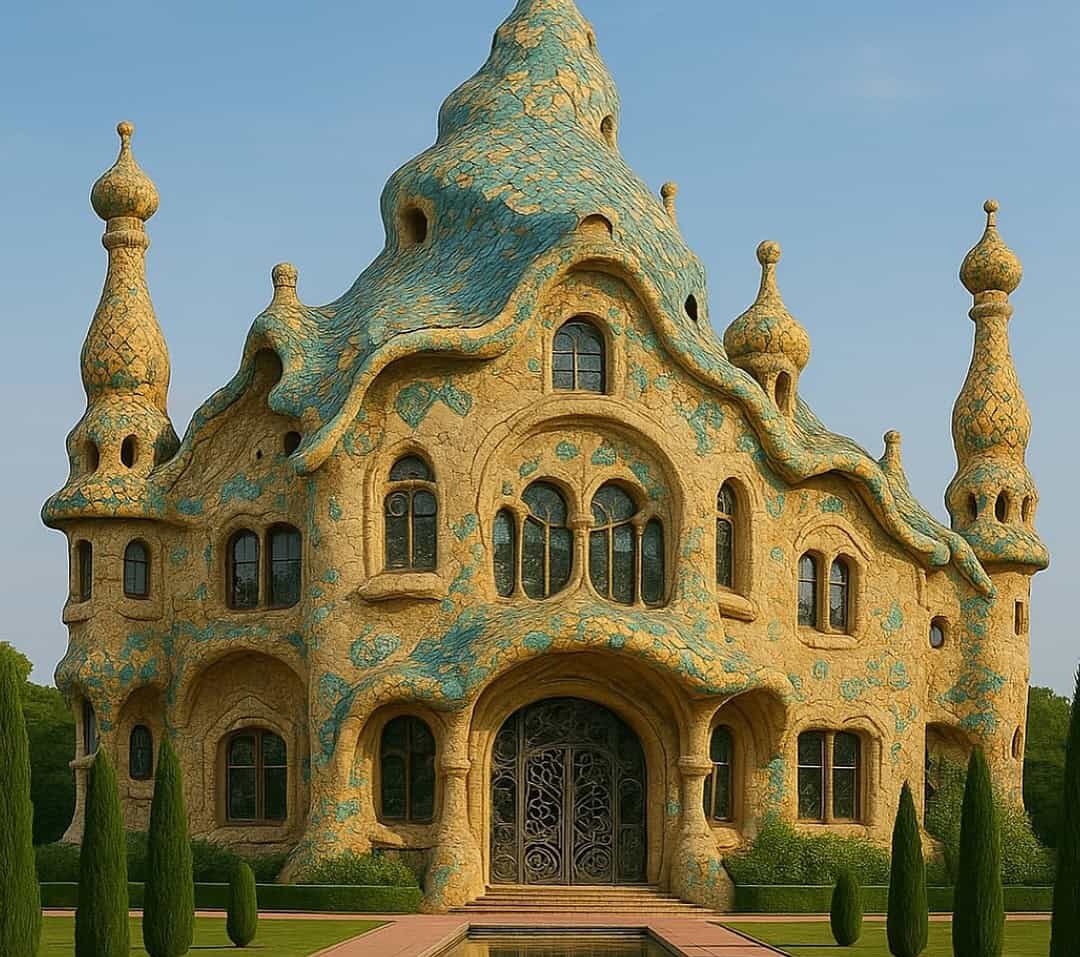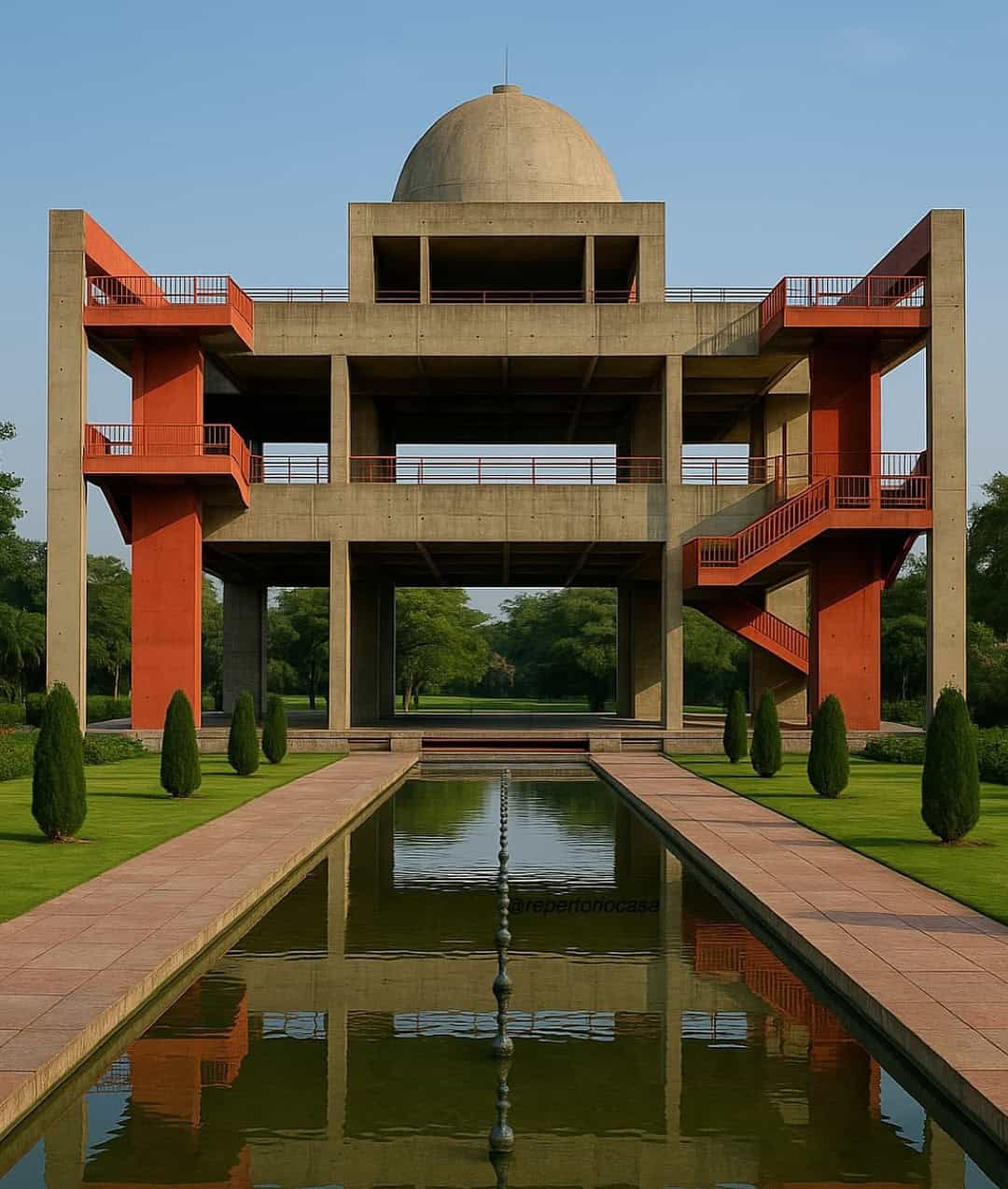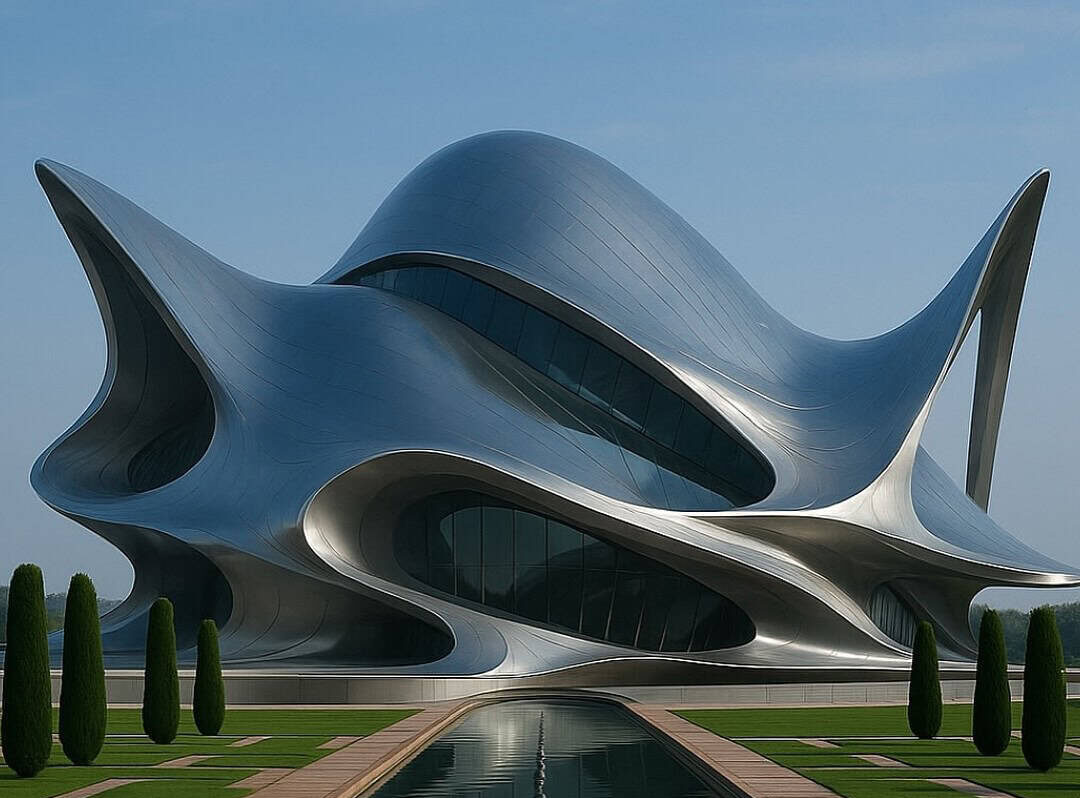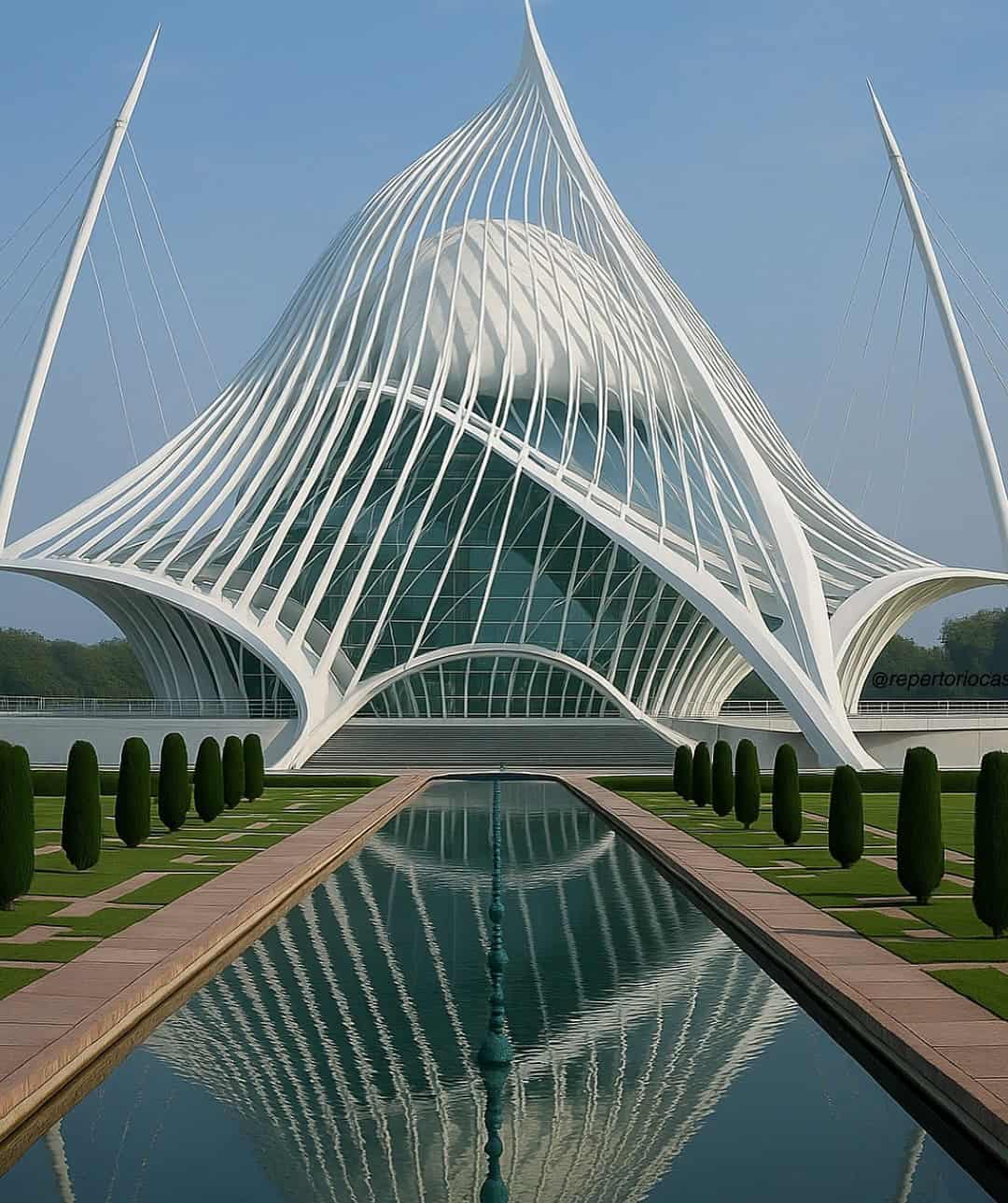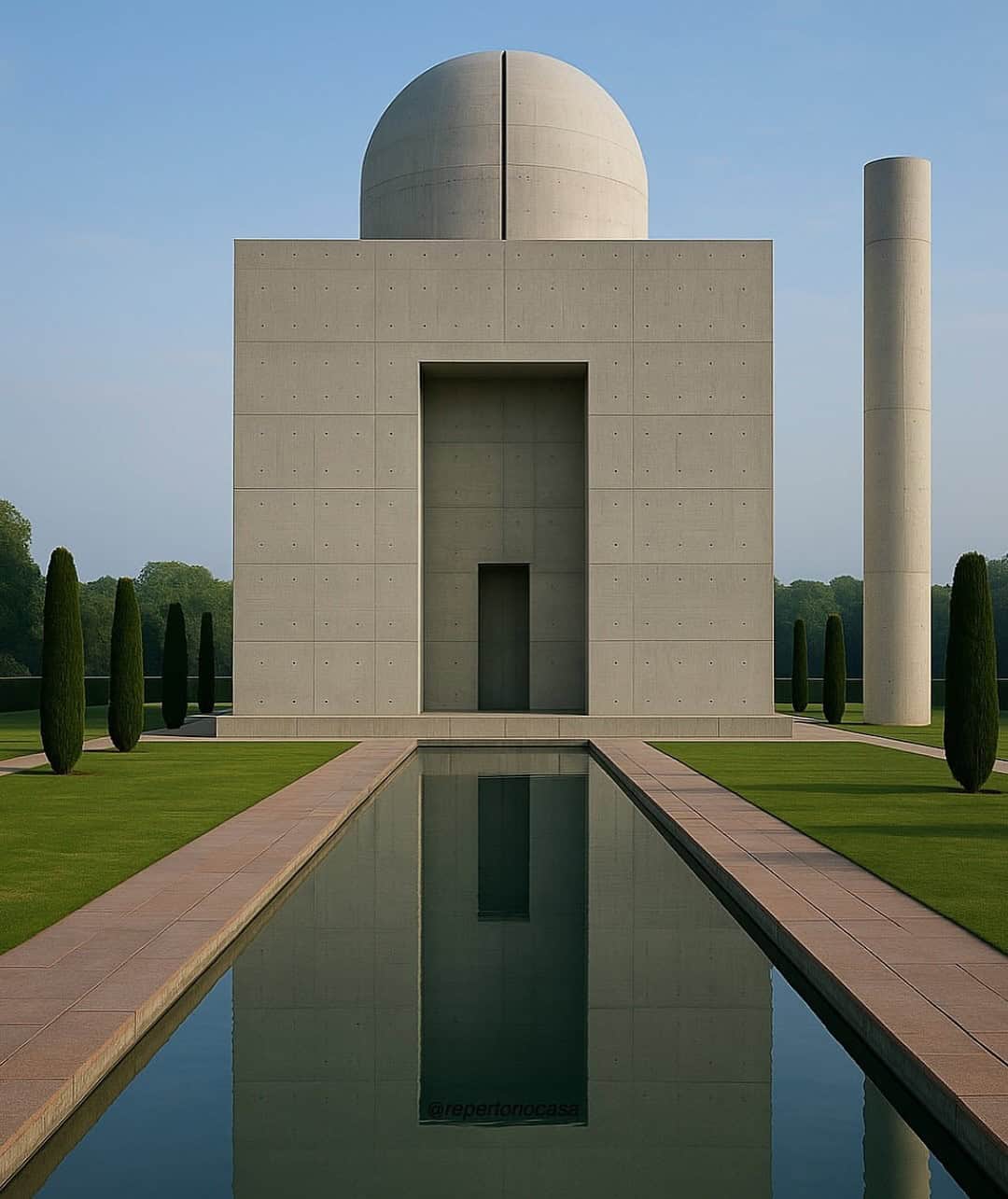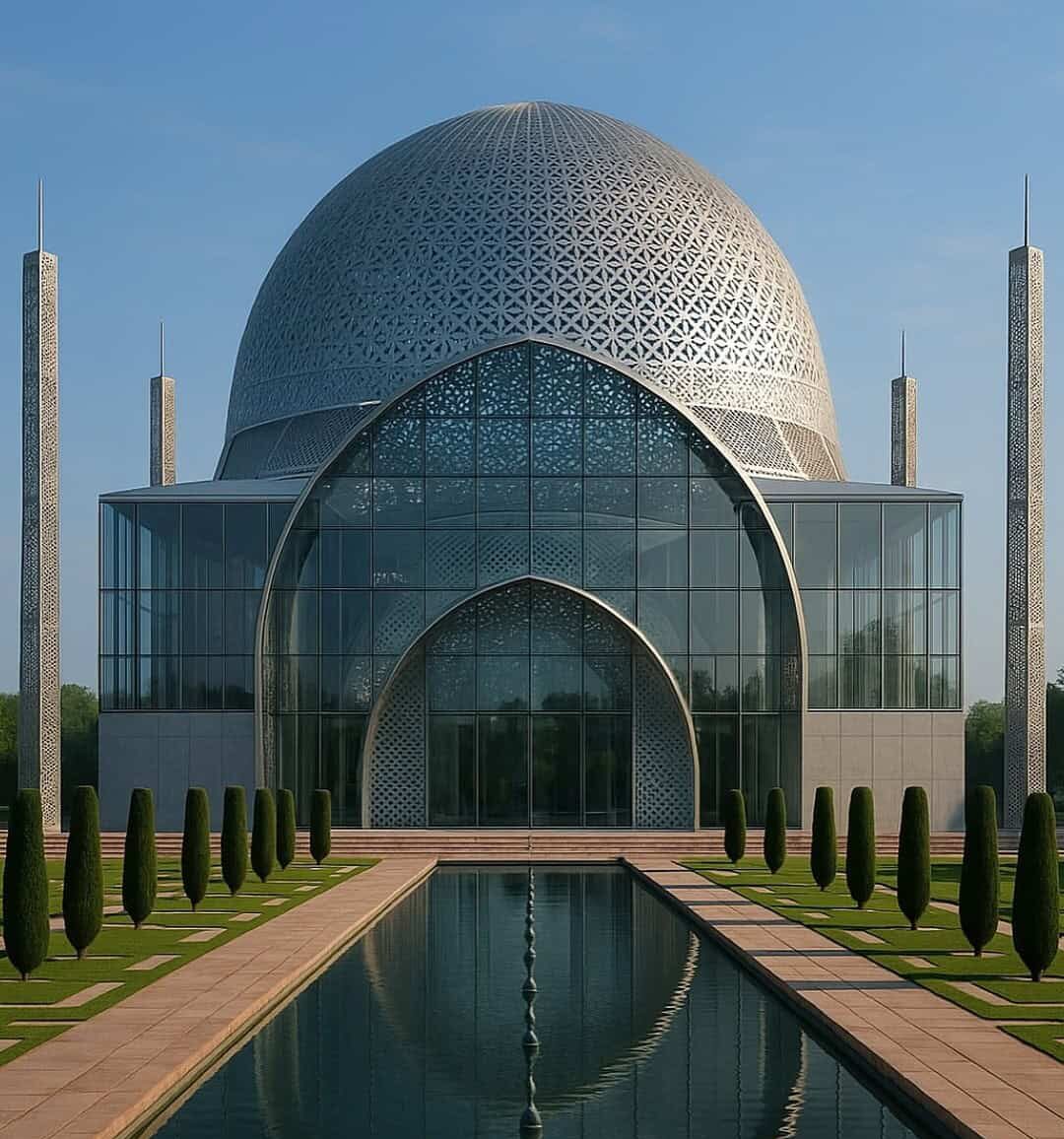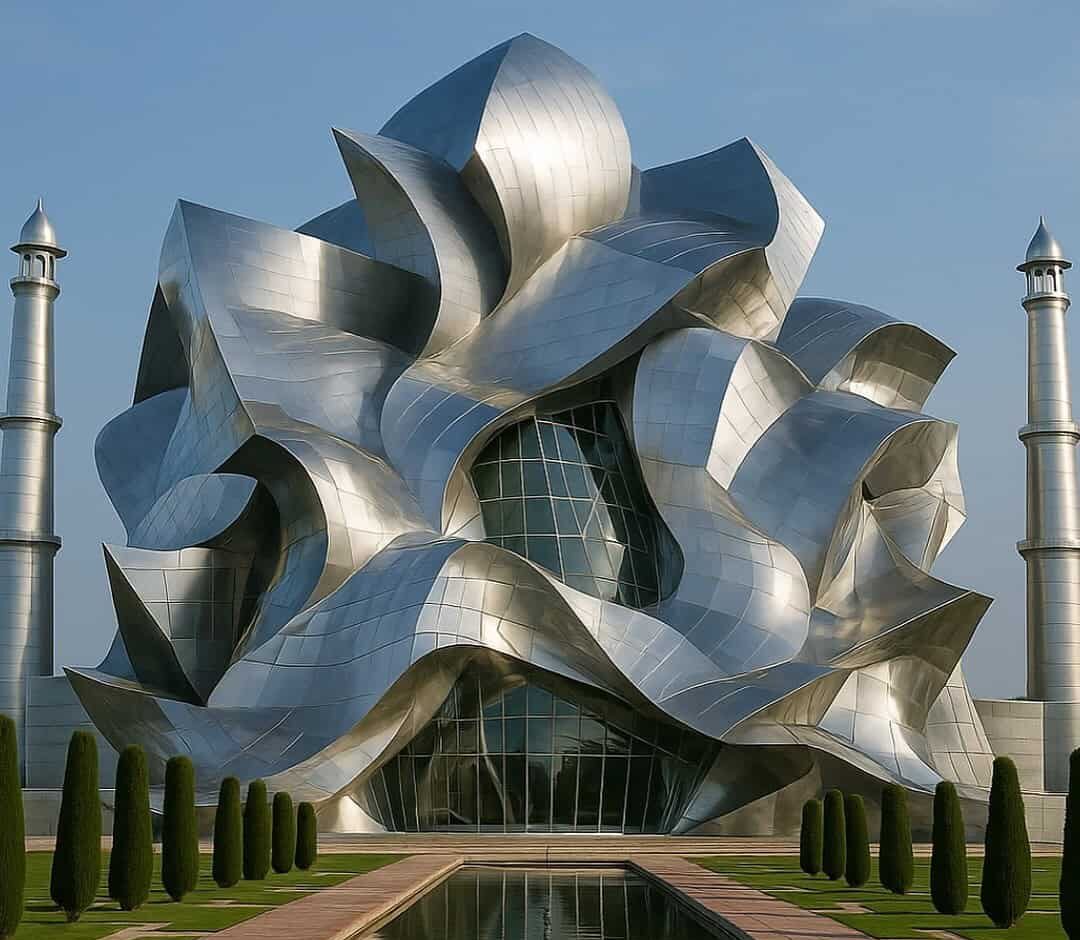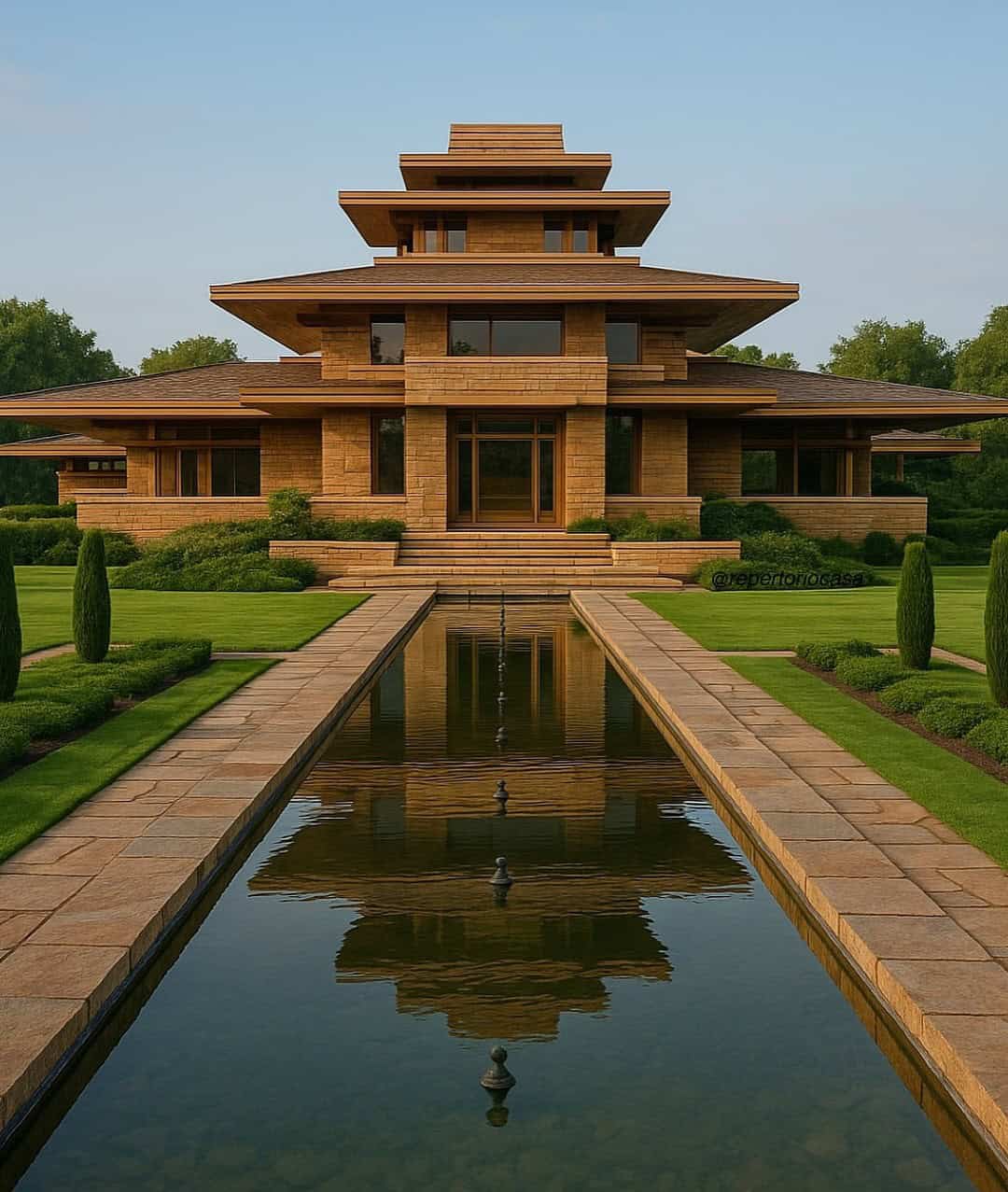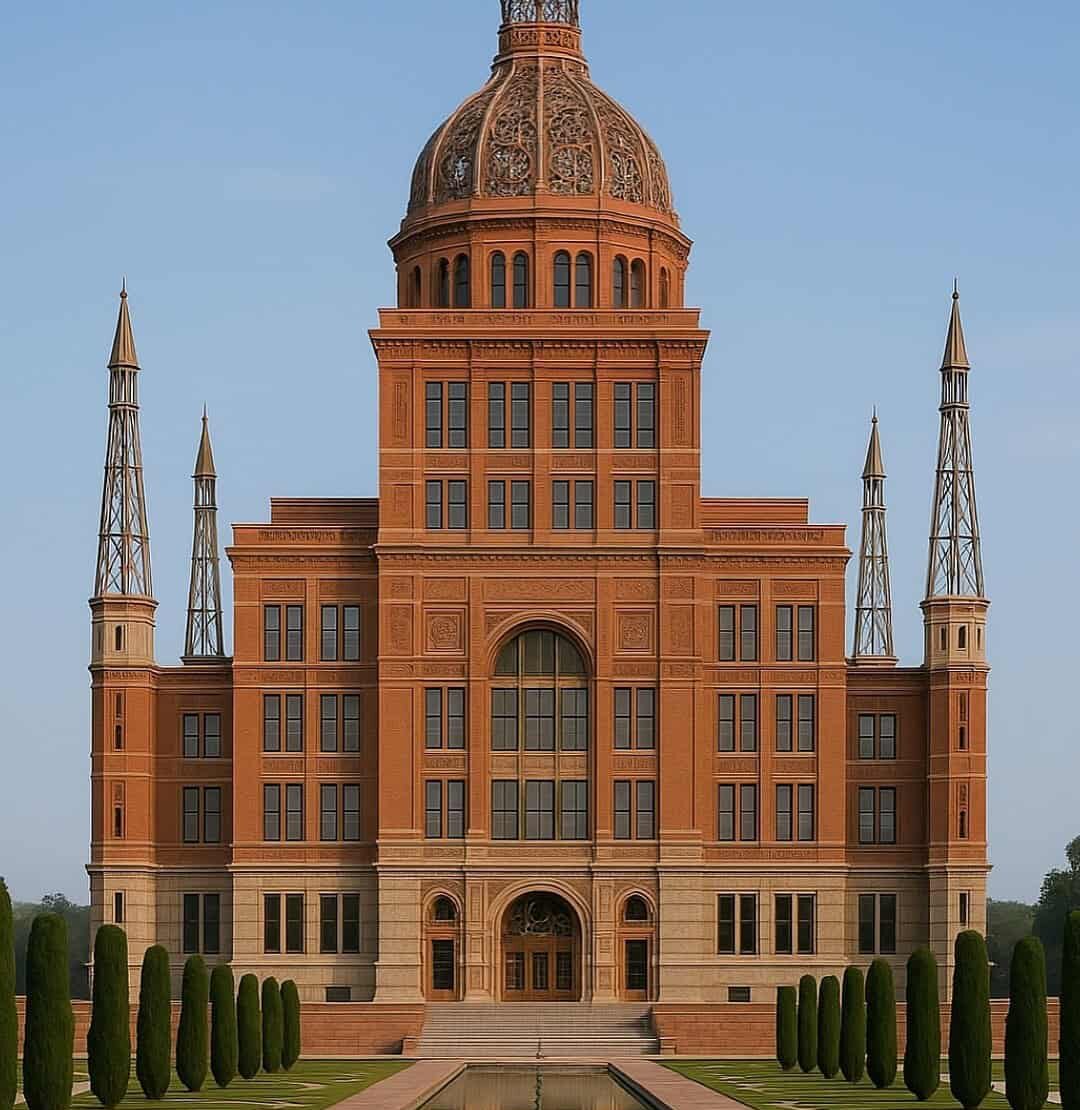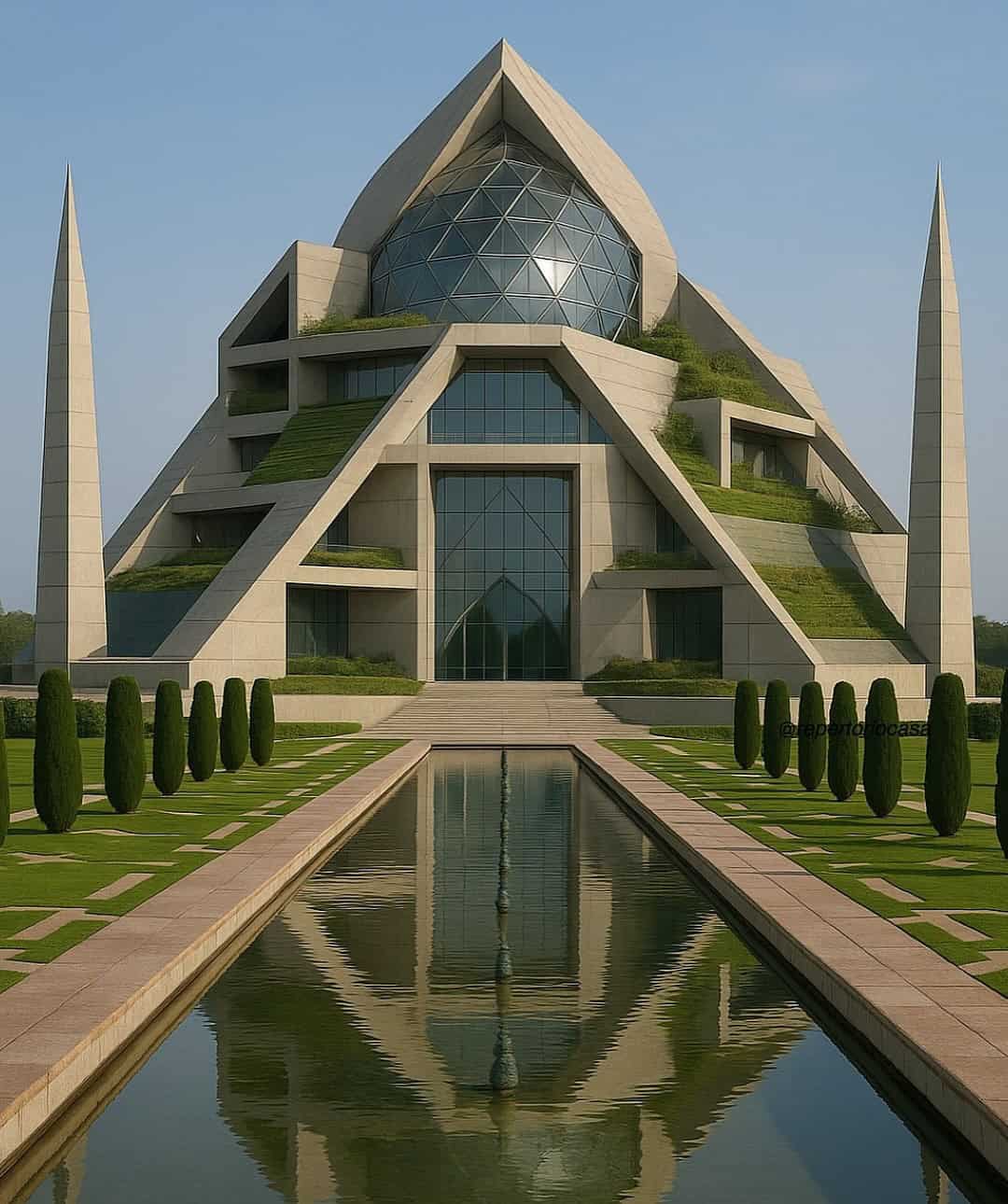What if the world-famous Taj Mahal was reimagined through the creative genius of legendary architects?
This blog post explores how 10 iconic designers could reinterpret this architectural marvel.
Experience the blend of history, culture, and innovation as these visionary minds put their unique spins on the Taj Mahal, showcasing their distinctive styles and philosophies.
1. Antoni Gaudí’s Taj Mahal
Imagine a Taj Mahal adorned with swirling mosaics and captivating colors.
Gaudí would infuse playful, organic forms, blending natural elements with architecture.
The iconic dome might transform into a fantasia of curves, reflecting his love for nature.
2. Lina Bo Bardi’s Vision
Lina Bo Bardi’s take on the Taj Mahal would embrace simplicity and functionality.
Envision open spaces, sustainable materials, and architectural harmony with nature.
Her style would emphasize community spaces, reflecting her dedication to social architecture.
3. Zaha Hadid’s Futuristic Design
Zaha Hadid’s Taj Mahal would defy conventions with its fluid lines and futuristic forms. The structure would appear in motion, a testament to her innovative spirit.
Hadid’s vision would transform the Taj into a modern masterpiece, blending boldness with elegance.
4. Santiago Calatrava’s Sculptural Artistry
Calatrava’s vision would turn the Taj Mahal into a sculptural marvel.
Aerodynamic shapes and elegant curves would characterize the design, reflecting his mastery of engineering and art.
This reimagined Taj would be a testament to motion and grace.
5. Tadao Ando’s Zen Influence
Tadao Ando would impart a Zen-like tranquility to the Taj Mahal. His design would feature minimalist aesthetics, emphasizing space, light, and texture.
Concrete and water would harmonize to create a meditative sanctuary, reflecting Ando’s philosophical approach.
6. Jean Nouvel’s Harmonious Blend
Jean Nouvel’s approach would harmoniously blend traditional and contemporary elements.
Innovative materials and textures would redefine the structure.
His Taj Mahal would glow with modernity, yet remain rooted in its historical essence.
7. Frank Gehry’s Dynamic Expression
Gehry would reimagine the Taj as a dynamic, deconstructed structure. Twisting metallic forms would capture his chaotic yet harmonious design language.
Gehry’s Taj Mahal would be an icon of contemporary expression, challenging traditional perceptions.
8. Frank Lloyd Wright’s Organic Architecture
Wright’s design would integrate the Taj Mahal with its natural surroundings.
Organic architecture would blend seamlessly with the environment, reflecting his philosophy of harmony between humanity and nature.
The structure would embody elegance and simplicity.
9. Louis Sullivan’s Stylized Ornamentation
Sullivan’s vision would celebrate ornamentation, with intricate detailing adorning the Taj Mahal.
His style would emphasize expressive design elements, creating a rich visual tapestry.
The reimagined Taj would stand as a monument to beauty and craftsmanship.
10. Bjarke Ingels’ Playful Innovation
Ingels’ Taj Mahal would embody playful innovation, featuring unconventional shapes and sustainable practices.
His design would invite interaction, creating a lively, engaging environment.
Ingels’ vision would merge history with modernity, challenging architectural norms.

